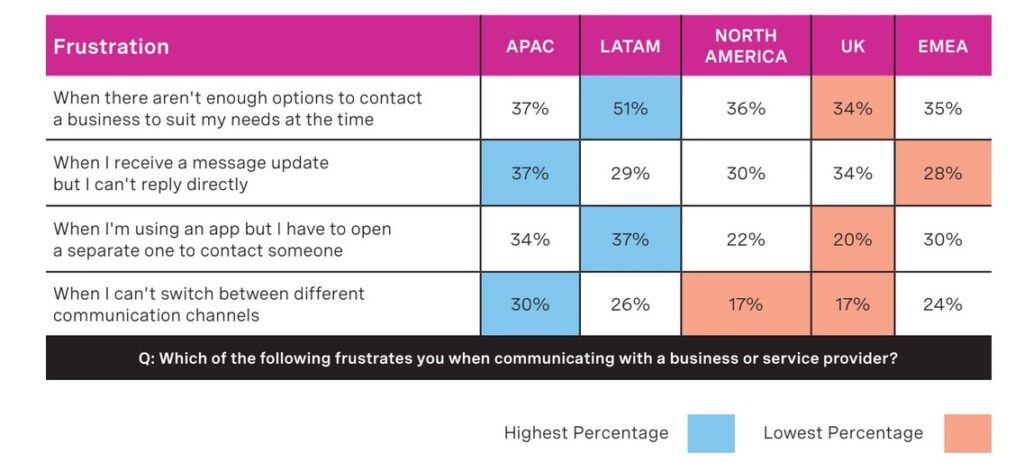During global lockdowns, the need for the personal touch in contacting businesses escalated wildly. Can businesses learn from this phenomenon?
While the pandemic has accelerated the adoption of digital technologies and communications channels, it has also increased fragmentation in channel preferences, especially in the ways that consumers interact with businesses and service providers.
According to a newly-released report, businesses must turn to less-traditional channels and employ newer technologies such as application programming interfaces, that allow them the flexibility to embed programmable capabilities (voice, video, messaging and verification) directly into existing applications and workflows.
Since January, globally, there has been 140% growth in the number of people who prefer to connect with businesses via video, said the report commissioned by communications technology firm Vonage and conducted online in August across 14 countries involving 5,000 consumers aged 18 to above 55 years of age.
As far as the sample population goes, video chat has also become a mainstream addition to people’s everyday lives, and US adoption has experienced four years of growth in just seven months, with 43% of Americans video-chatting with businesses regularly, up from 28% in January.
Missed seeing faces in lockdowns?
Did the lockdowns and stay-home mandates cause people to prefer seeing faces in communications, even if they were just a screen image?
Across all regions, 55% of respondents had used video to connect with businesses and service providers, up from 44% in January. In Latin America, seven out of every 10 consumers had video-chatted with a business, up from six out of 10 in January. In August, 54% of respondents in Europe, the Middle East and Africa region reported using video chat, up from 42% in January.
Consumer preferences for video chats had grown in banking, finance and insurance, education, healthcare, retail, and transportation and logistics since January. For example:
- 16% of respondents preferred video chats to get step-by-step advice about a banking service, up from 9% in January
- 25% of respondents preferred to speak with a therapist for a counselling session via video chat, up from 18% in January
- With widespread home-based learning in force, 42% of respondents reported they preferred to engage with other students and teachers in a virtual classroom, up from 35% in January.
Emerging contact preferences
Communications channels that saw an increase in preference included voice calls and messaging via social messaging apps, and chatbots. The communications channels that experienced a decrease in preference since January include landline phone calls, email, and SMS text messaging. Additionally:
- SMS preference dropped 23% between January and August
- Mobile phone calls (30%) were still consumers’ favorite way to connect with businesses but the remaining 70% of consumers preferred a variety of other options
- Social messaging apps showed a significant increase over January numbers, with 23% more consumers choosing these apps as a top-three method for contacting businesses
Conversely, when a business did not provide good communications and contact pathways, the surveyed consumers reported these grouses:
- Repeating themselves to different people (59%)
- Calls going unanswered with no other channels available to help (56%). This highlights the importance of secondary and tertiary choices for communication methods; offering another channel such as live chat can ensure that the customers’ needs are still met.
- Not enough options to contact a business to suit a customer’s needs at the time (37% in APAC, 51% in LATAM, 36% in North America, 34% in the UK, and 35% in EMEA)

These frustrations underscore how important it is for businesses and service providers to understand and offer a variety of communications channels, the reported asserted. Said Mark Winther, Group VP & GM, Worldwide Telecom, IDC: “As virtual communications has displaced face-to-face meetings, both the usage and the mix of customer engagement channels has changed enormously in the past six months. Organizations ignore this trend at their peril. This study proves the vitality and sustainability of video, messaging and chat apps in the channel preferences inventory.”
Vonage’s Chief Marketing Office Joy Corso noted: “We are at the beginning of a huge market-wide communications revolution. This survey underscores the fact that it is now fundamental for companies to stay connected to employees and customers from anywhere—through whatever channel they choose: video, voice, messaging, and chat.”
